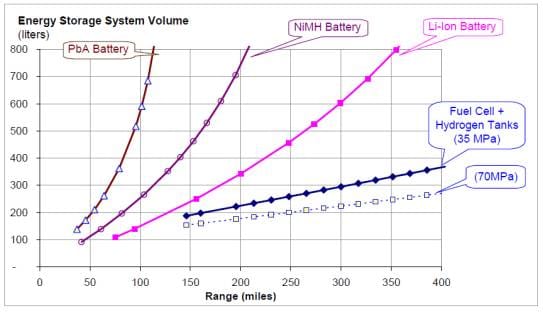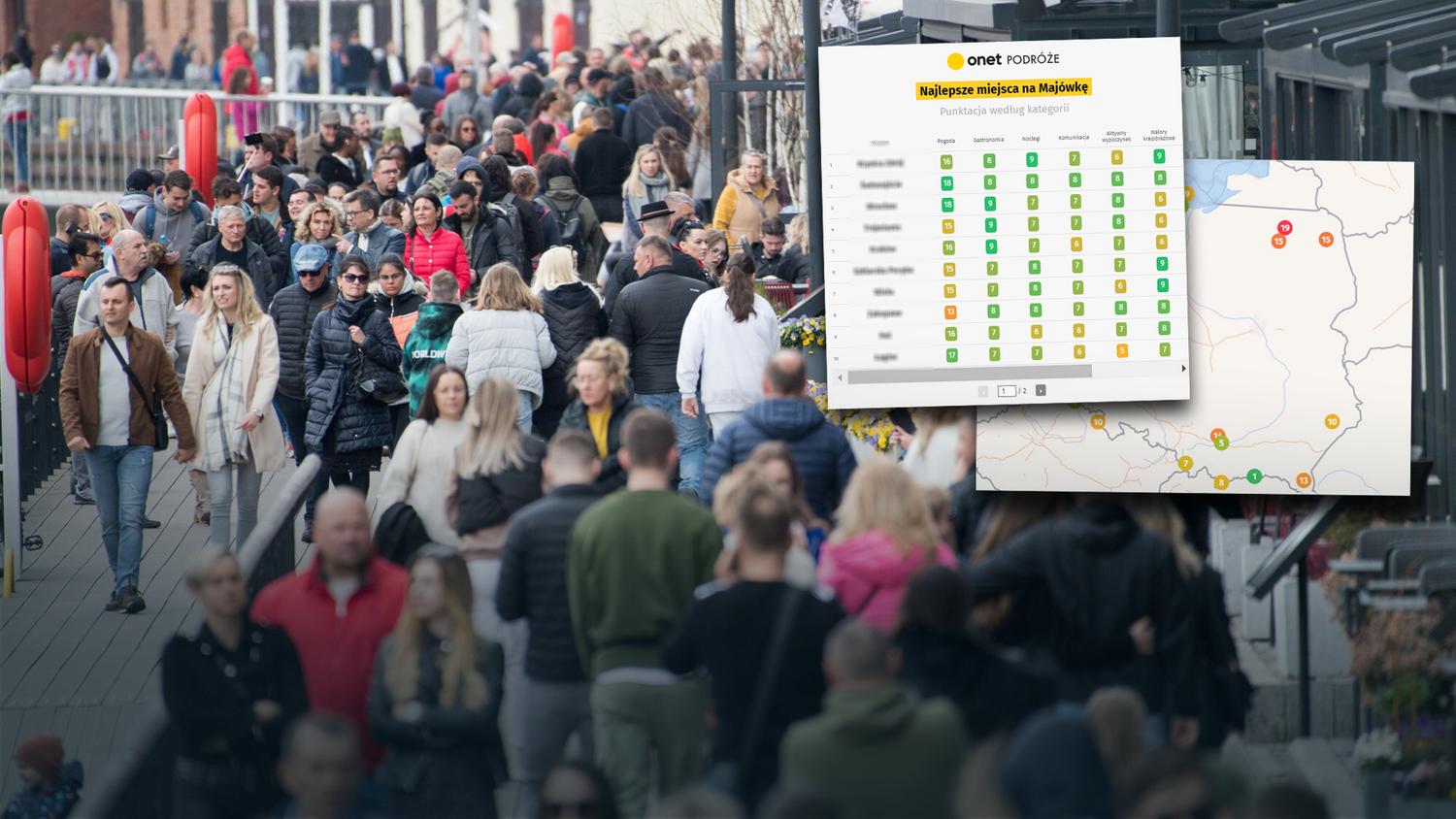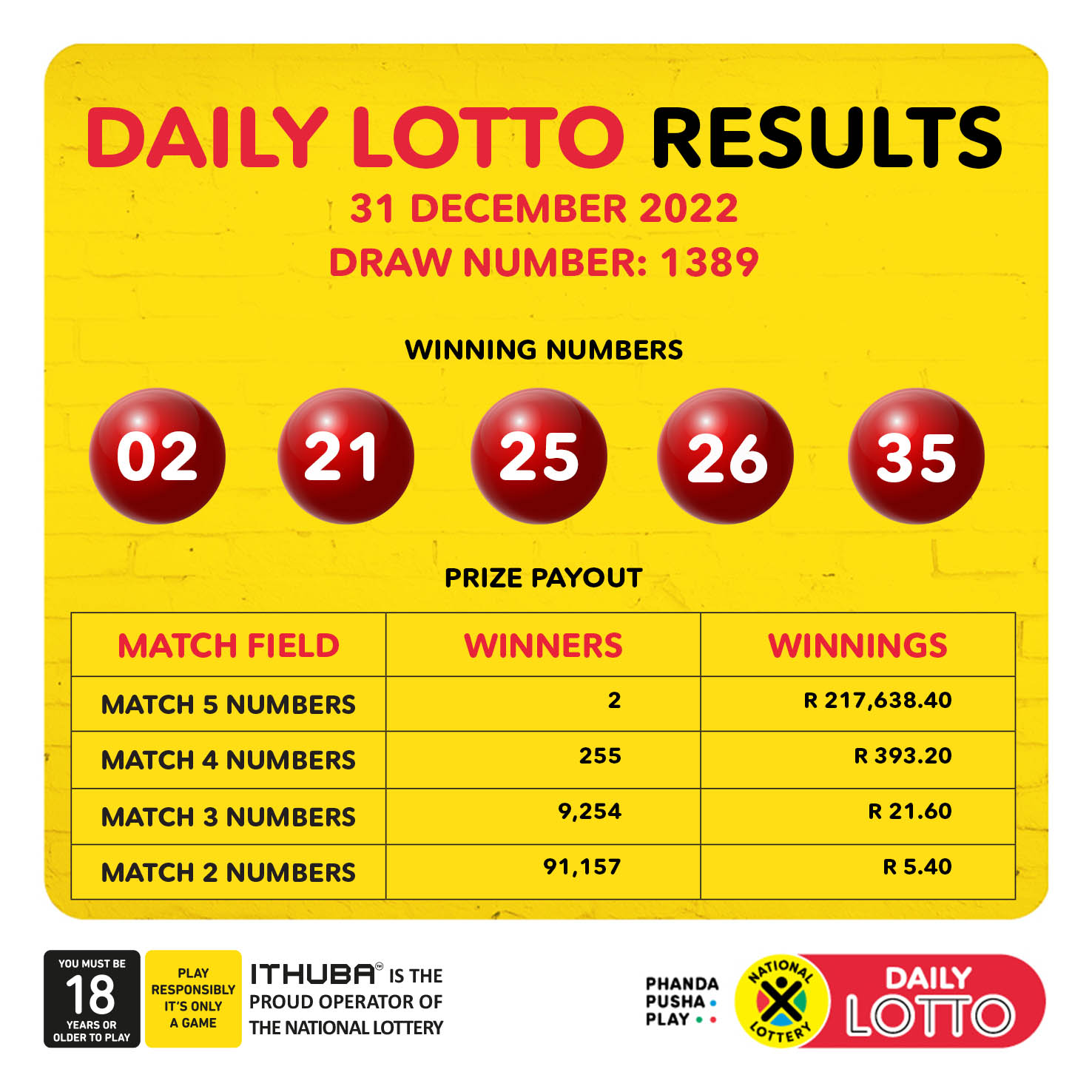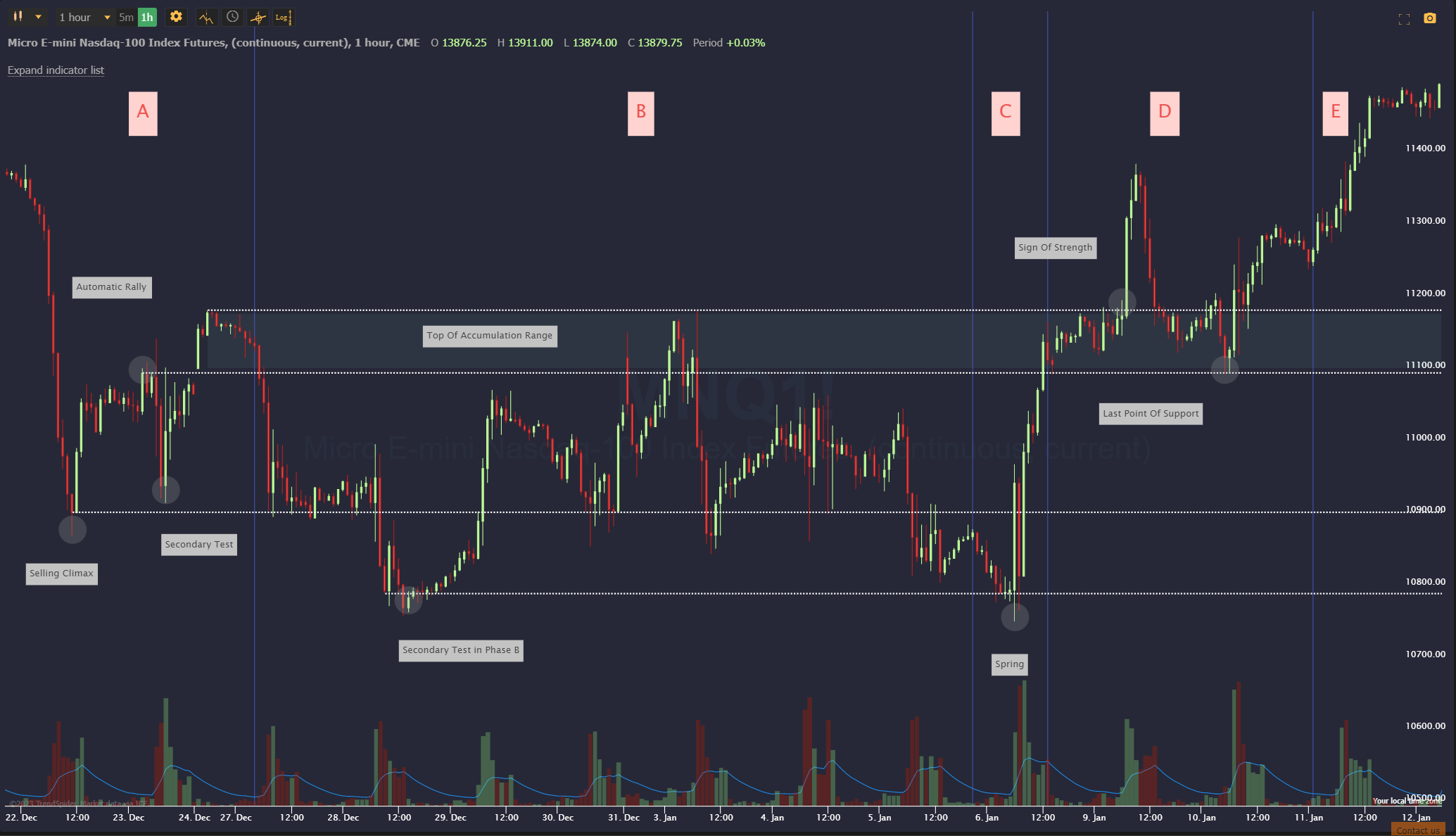Hydrogen Vs. Battery Buses: A Real-World Look At European Deployment

Table of Contents
The Rise of Battery-Electric Buses in Europe
Battery-electric buses (BEBs) are currently the more prevalent choice in many European cities, driven by advancements in battery technology and a growing charging infrastructure.
Infrastructure and Cost
The success of BEBs hinges on sufficient charging infrastructure. While many cities are investing heavily, challenges remain.
- Successful Deployments: Cities like Amsterdam, London, and Hamburg have seen significant deployments of electric buses, numbering in the hundreds.
- Infrastructure Challenges: The high upfront cost of installing charging depots, particularly fast-charging facilities, poses a significant barrier, especially for smaller cities. Grid capacity limitations can also be a constraint.
- Battery Lifespan and Costs: Battery lifespan is a key factor. Replacement costs, which can be substantial, need to be factored into the overall lifecycle cost of operating a BEB fleet.
Performance and Range
Operational performance of BEBs is largely determined by their range.
- Typical Range: Most BEBs currently offer a range of 150-300 km on a single charge, though this can vary depending on factors like weather conditions and passenger load.
- Range-Affecting Factors: Cold weather significantly reduces range, as does hilly terrain and a high passenger load.
- Mitigating Range Anxiety: Route optimization, strategic placement of charging stations, and the increasing availability of opportunity charging (short charging bursts during layover periods) are crucial in addressing range concerns.
Environmental Impact
The environmental benefits of BEBs extend beyond tailpipe emissions.
- Lifecycle Emissions: While BEBs produce zero tailpipe emissions, the carbon footprint of battery production, including mining of raw materials and manufacturing processes, needs careful consideration.
- Comparison with Diesel: BEBs significantly reduce greenhouse gas emissions compared to traditional diesel buses, even when accounting for battery production.
- Battery Recycling: Developing efficient and sustainable battery recycling infrastructure is vital for minimizing the environmental impact throughout the lifecycle of BEBs.
Hydrogen Fuel Cell Buses: A Growing Contender
Hydrogen fuel cell electric buses (FCEBs) represent a different approach to sustainable public transport, offering potentially longer ranges and faster refueling times.
Hydrogen Infrastructure and Refueling
The availability of hydrogen refueling infrastructure is currently a major limitation for FCEB adoption.
- Hydrogen Refueling Stations: The number of hydrogen refueling stations across Europe remains relatively low compared to charging stations for BEBs.
- Infrastructure Challenges: Establishing a hydrogen refueling network requires significant investment and overcoming logistical and technical hurdles.
- Refueling Time: Refueling an FCEB is typically much faster than charging a BEB, often taking only a few minutes.
Performance and Range
FCEBs offer compelling advantages in terms of range and refueling speed.
- Typical Range: Hydrogen fuel cell buses typically boast a range exceeding 400 km, often significantly greater than BEBs.
- Refueling Time Advantage: The quick refueling time of FCEBs is a crucial advantage for operators, minimizing downtime and improving operational efficiency.
- Impact of Weather and Terrain: While weather conditions can affect performance, FCEBs are generally less susceptible to range reduction in cold weather compared to BEBs.
Environmental Impact and Production of Hydrogen
The environmental impact of FCEBs is heavily dependent on the method used to produce hydrogen.
- Green vs. Grey Hydrogen: "Grey" hydrogen, produced from natural gas, has a significant carbon footprint. "Green" hydrogen, produced using renewable energy sources like solar or wind power, offers a truly clean alternative.
- Lifecycle Emissions: FCEBs using green hydrogen have the potential for very low lifecycle emissions, potentially even lower than BEBs.
- The Future of Green Hydrogen: The future of FCEBs hinges on the widespread adoption of green hydrogen production methods and the expansion of renewable energy infrastructure.
A Comparative Analysis: Hydrogen vs. Battery Buses in Europe
| Feature | Battery-Electric Buses (BEBs) | Hydrogen Fuel Cell Buses (FCEBs) |
|---|---|---|
| Cost | Lower initial purchase cost, higher battery replacement costs | Higher initial purchase cost, lower running costs (potentially) |
| Infrastructure | Extensive charging infrastructure needed | Hydrogen refueling infrastructure is limited |
| Environmental Impact | Dependent on electricity source and battery production | Dependent on hydrogen production method |
| Range | Typically 150-300 km | Typically >400 km |
| Refueling/Charging | Longer charging times | Much faster refueling times |
| Suitability | Ideal for shorter routes, dense urban areas | Suitable for longer routes, less dense areas |
The choice between BEBs and FCEBs depends on various factors, including route length, urban density, and the availability of supporting infrastructure. BEBs are currently a more mature technology with a wider deployment, while FCEBs offer long-term potential for higher range and faster refueling, provided green hydrogen production becomes widespread.
Conclusion: Choosing the Right Path for Sustainable Public Transport
The "Hydrogen vs. Battery Buses" debate highlights the complex choices facing European cities in their transition to sustainable public transport. While BEBs currently hold the edge in terms of market penetration and infrastructure availability, FCEBs offer compelling advantages in terms of range and refueling speed, particularly for longer routes. The future likely involves a combination of both technologies, with the optimal choice depending on specific circumstances and the continued development of both green hydrogen production and battery technology. To learn more about the latest developments in sustainable public transport, explore resources from organizations like the European Commission's Directorate-General for Mobility and Transport and industry associations such as Hydrogen Europe. The future of sustainable public transport in Europe hinges on informed decisions about Hydrogen vs. Battery Buses – a choice that will shape our cities for decades to come.

Featured Posts
-
 Family Drama Zendayas Half Sister Reveals A Troubled Relationship
May 07, 2025
Family Drama Zendayas Half Sister Reveals A Troubled Relationship
May 07, 2025 -
 Zobacz Fakt W Onet Premium W Cenie Promocyjnej
May 07, 2025
Zobacz Fakt W Onet Premium W Cenie Promocyjnej
May 07, 2025 -
 John Wick Chapter 5 Update What We Know So Far
May 07, 2025
John Wick Chapter 5 Update What We Know So Far
May 07, 2025 -
 The Next Step Simone Biles Journey After Gymnastics
May 07, 2025
The Next Step Simone Biles Journey After Gymnastics
May 07, 2025 -
 April 17 2025 Daily Lotto Results Check Your Numbers
May 07, 2025
April 17 2025 Daily Lotto Results Check Your Numbers
May 07, 2025
Latest Posts
-
 Ethereum Price Prediction 2 700 On The Horizon As Wyckoff Accumulation Completes
May 08, 2025
Ethereum Price Prediction 2 700 On The Horizon As Wyckoff Accumulation Completes
May 08, 2025 -
 Trump Medias Partnership With Crypto Com Etf Launch And Market Reaction
May 08, 2025
Trump Medias Partnership With Crypto Com Etf Launch And Market Reaction
May 08, 2025 -
 Cro Jumps As Trump Media Announces Crypto Com Etf Partnership
May 08, 2025
Cro Jumps As Trump Media Announces Crypto Com Etf Partnership
May 08, 2025 -
 Trump Media And Crypto Com Partner On Etf Launch Boosting Cro Price
May 08, 2025
Trump Media And Crypto Com Partner On Etf Launch Boosting Cro Price
May 08, 2025 -
 Ethereum Price Bullish Trend Supported By Large Scale Eth Accumulation
May 08, 2025
Ethereum Price Bullish Trend Supported By Large Scale Eth Accumulation
May 08, 2025
